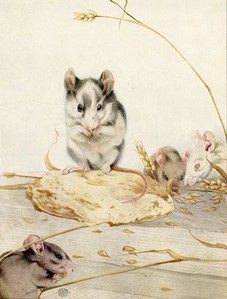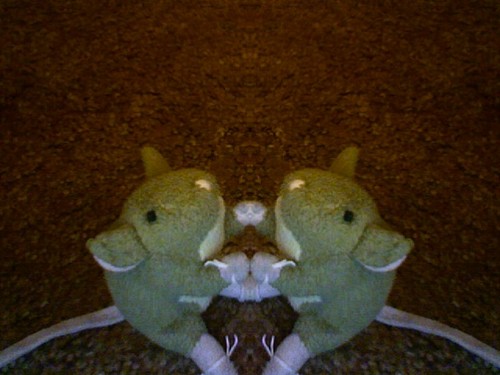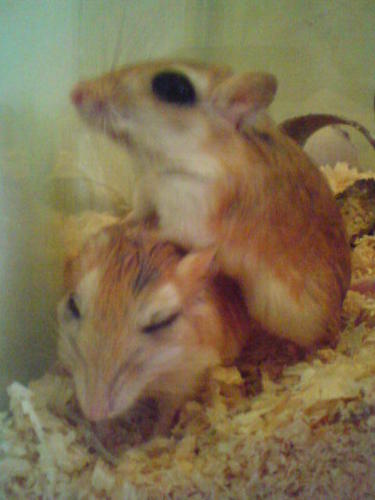Anyone who grew up reading the original Dr Dolittle stories knows that mice aren't limited by their small size.
In Hugh Lofting's Dr Dolittle novels, mice taught themselves to read, ran 'mice sized' shops and (often once a novel) rescued their human friends.
Now studies have found: MICE CAN SNIFF FOR BOMBS WITH A 100% ACCURACY RATE!
Researchers put mice in a carefully designed 'walk through arch'. Mice could 'sniff' anyone who passed through the arch. If the mice smelt explosives, the mice reacted as though they smelt a cat! They ran from one chamber to another - thus setting off a special alarm to alert the human 'operator' that a bomb was detected.
The researchers hope that mice could be utilised in airports and other mass transit areas - as an alternative to 'body scans' and as a compliment to existing teams of sniffer dogs.
Read the full article at:
link
In Hugh Lofting's Dr Dolittle novels, mice taught themselves to read, ran 'mice sized' shops and (often once a novel) rescued their human friends.
Now studies have found: MICE CAN SNIFF FOR BOMBS WITH A 100% ACCURACY RATE!
Researchers put mice in a carefully designed 'walk through arch'. Mice could 'sniff' anyone who passed through the arch. If the mice smelt explosives, the mice reacted as though they smelt a cat! They ran from one chamber to another - thus setting off a special alarm to alert the human 'operator' that a bomb was detected.
The researchers hope that mice could be utilised in airports and other mass transit areas - as an alternative to 'body scans' and as a compliment to existing teams of sniffer dogs.
Read the full article at:
link









